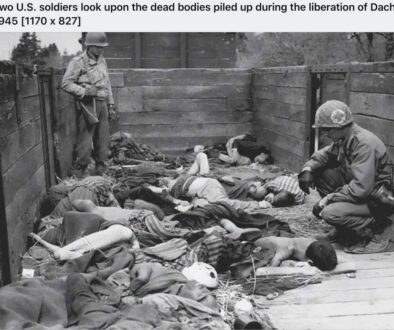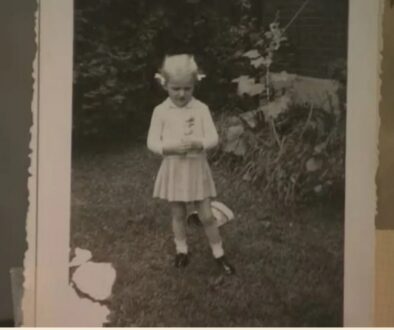click and discover
“Master, Slave, Husband, Wife: An Epic Journey from Slavery to Freedom” by Illyon Woo is a compelling narrative that chronicles the life of Ellen and William Craft, an extraordinary couple who escaped from slavery in the United States in the mid-19th century. Their story is not only a tale of personal courage and ingenuity but also a reflection of the broader struggles for freedom and equality during a tumultuous period in American history.

### Background
Ellen Craft was born into slavery in Georgia in 1826. She was the daughter of a white plantation owner and an enslaved woman, which made her a mixed-race individual. This unique heritage granted her a lighter skin tone, which would later play a crucial role in her escape. Ellen was well-educated and had a keen intellect, which she used to navigate the complexities of her life as an enslaved person. William Craft, her husband, was also born into slavery and was known for his strength and resourcefulness.
### The Escape Plan
The Crafts devised a daring plan to escape from their lives of servitude. In 1848, they decided to flee to the North, where they hoped to find freedom. Ellen would disguise herself as a white male planter, while William would pose as her enslaved servant. This role reversal was a strategic choice, as it allowed them to travel more freely without raising suspicion. Ellen’s lighter skin made her disguise plausible, and she bound her hair and dressed in men’s clothing to complete the transformation.
The couple’s journey began in Macon, Georgia, and they traveled by train and steamboat, facing numerous challenges along the way. They had to navigate the complexities of the Southern landscape, where the Fugitive Slave Act made it dangerous for escaped slaves. The Crafts relied on their wits and the kindness of sympathetic individuals who helped them along the way.
### The Journey to Freedom
As they traveled north, the Crafts encountered various obstacles, including the constant threat of being discovered. At one point, they were nearly apprehended when a fellow passenger on the train became suspicious of Ellen’s disguise. However, they managed to evade capture by maintaining their composure and sticking to their story. Their journey was fraught with tension, but their determination to reach freedom kept them moving forward.
After several harrowing days of travel, the Crafts finally reached Philadelphia, Pennsylvania, in December 1848. This city was a hub of abolitionist activity and offered a sense of safety and community for escaped slaves. The Crafts were welcomed by abolitionists who provided them with shelter and support as they adjusted to their new lives.
### Life in Freedom
Once in Philadelphia, the Crafts became active members of the abolitionist movement. They used their story to raise awareness about the horrors of slavery and to advocate for the rights of African Americans. Ellen and William Craft became well-known figures, speaking at various events and sharing their experiences with audiences across the North.
Their activism was not without challenges. The couple faced backlash from pro-slavery advocates and had to navigate the complexities of their newfound freedom. Despite these challenges, they remained committed to the cause of abolition and worked tirelessly to help others escape from slavery.
### Legacy and Impact
The Crafts’ story is significant not only for its dramatic narrative but also for its broader implications for the abolitionist movement. Their escape highlighted the lengths to which enslaved individuals would go to attain freedom and the importance of solidarity among those fighting against oppression. The Crafts’ experiences also shed light on the complexities of race and identity in America, as they navigated a society that often defined individuals by the color of their skin.
Ellen and William Craft eventually settled in England, where they continued their activism and raised a family. Their legacy lives on as a testament to the resilience of the human spirit and the ongoing struggle for justice and equality.
### Conclusion
“Master, Slave, Husband, Wife” is a powerful narrative that captures the essence of the Crafts’ journey from slavery to freedom. Illyon Woo’s storytelling brings to life the challenges and triumphs faced by this remarkable couple, offering readers a glimpse into a pivotal moment in American history. Their story serves as a reminder of the enduring fight for freedom and the importance of standing up against injustice, making it a vital contribution to the discourse on race, identity, and human rights. Through their courage and determination, Ellen and William Craft not only changed their own lives but also inspired countless others to join the fight for freedom and equality.


